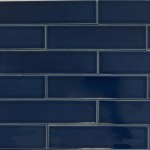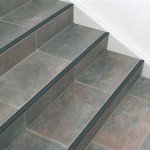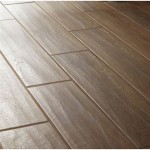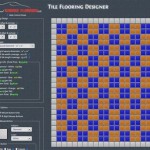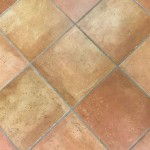Tile backing board is a common building material used to provide a flat, level surface for tile installation. It is often used in bathrooms, kitchens, and other areas that require tile to be installed. The board is designed to provide a stable base for the tile, and can also be used to help prevent water damage in areas where moisture is a problem.
Tile backing board comes in a variety of materials, including fiber cement, gypsum, and concrete. Depending on the type of board chosen, it can be installed directly on top of a subfloor or other base material. It is important to ensure that the tile backing board is installed correctly, as improper installation can lead to problems with the installation of the tile.
One of the main advantages of using tile backing board is its water resistance. The board is designed to keep water out, which helps to prevent the growth of mold and mildew in damp areas. It is also fire resistant, which helps to reduce the risk of fire damage in areas where the tile is exposed to high temperatures.
Another advantage of tile backing board is its durability. The board is designed to last for many years, and is able to withstand the wear and tear caused by foot traffic. Additionally, it can be painted, stained, or sealed to give it a finished look.
Finally, tile backing board is relatively inexpensive and easy to install. It is also lightweight, which makes it easier to transport and install on a variety of surfaces. Overall, tile backing board provides a great solution for tile installation, and is a must for any area where tile needs to be installed.










Related Posts

